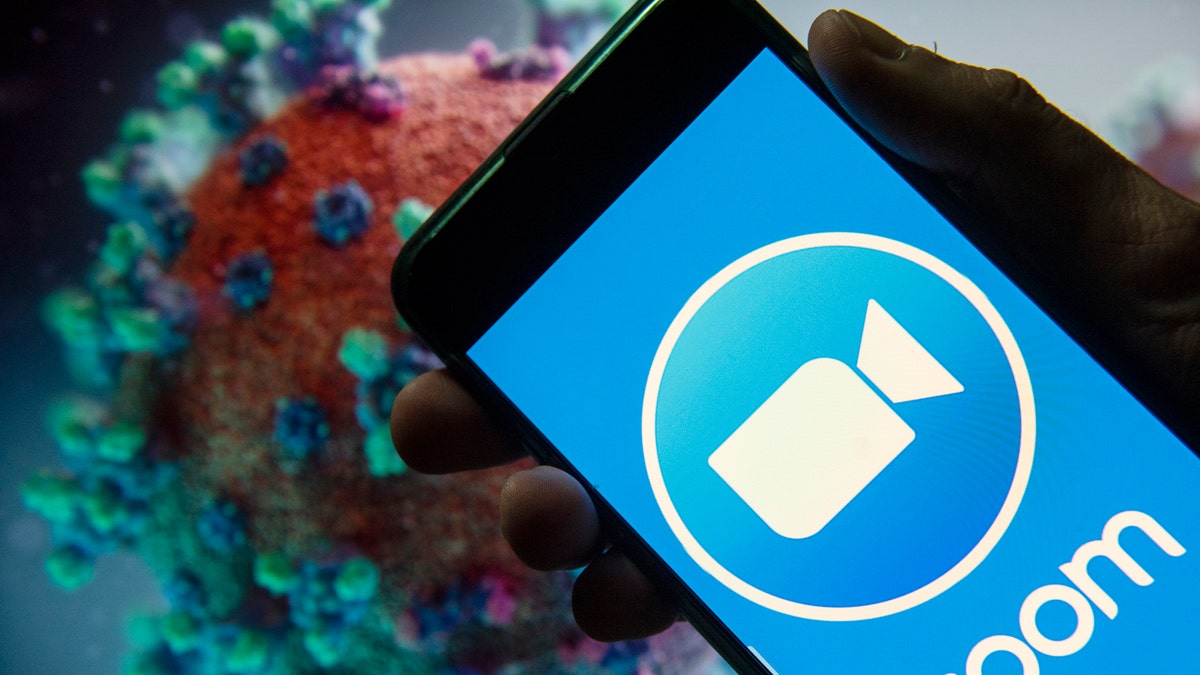Fox News Flash top headlines for April 24
Fox News Flash top headlines are here. Check out what's clicking on Foxnews.com.
Get all the latest news on coronavirus and more delivered daily to your inbox. Sign up here.
As countless people worldwide have taken to Zoom, FaceTime and Google Hangouts for work meetings and even family catch-ups, they've noticed that it doesn't feel quite the same as speaking in person.
There are apparently scientific reasons why that's the case.
During video calls, conversations can be less dynamic because the so-called “talking stick” gets passed less often.
"Encourage more balanced conversation, help some get their voice heard and remind others to pass the talking stick," Google UX researcher Zachary Yorke suggested in a blog post.
APPLE AND GOOGLE WILL SHUT DOWN CORONAVIRUS TRACING APP WHEN PANDEMIC ENDS

Remote meetings are not the same as in-person meetings. (Photo Illustration by Budrul Chukrut/SOPA Images/LightRocket via Getty Images)
HAS THE WORLD'S LARGEST ICEBERG BEGUN ITS DEATH MARCH?
The typical social cues we rely on when speaking in person don't translate as well via video. For instance, when you're face-to-face with someone, you can gauge their interest or how much they're listening by how they're sitting, or if they lean forward or widen their eyes a certain way.
For video meetings, Yorke suggested minimizing distractions so that your eyes are focused on your colleagues. Translation: close those extra browser tabs.
Lastly, sound travels differently in person.
"We’re ingrained to avoid talking at the same time while minimizing silence between turns. A delay of five-tenths of a second [500 milliseconds] -- whether from laggy audio or fumbling for the unmute button -- is more than double what we’re used to in-person," Yorke said.
Next time you're logged into Zoom, perhaps speak a bit more slowly.





















